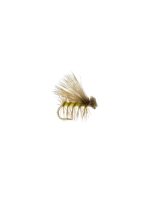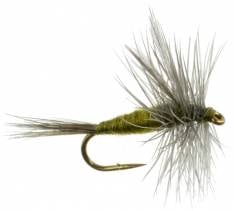Fly fishing in shallow water can be both exciting and challenging. Shallow water is typically defined as water that is less than waist-deep, and it can be found in rivers, streams, lakes, and even the ocean. In this blog post, we’ll explore some fly fishing techniques that can help you succeed in shallow water.
- Stealth is Key When fly fishing in shallow water, it’s essential to be as stealthy as possible. The fish can see and hear you, so it’s important to move slowly and quietly. Avoid wearing bright colors or making sudden movements. Try to blend in with your surroundings as much as possible.
- Shorten Your Casts In shallow water, fish are often found close to the bank or in small pockets of water. Shortening your casts can help you place your fly accurately in these areas. A shorter cast also reduces the amount of line on the water, making it less likely that the fish will spook.
- Use a Light Tippet When fishing in shallow water, the fish are often more cautious and wary. Using a light tippet can help you fool the fish into taking your fly. A light tippet will also allow your fly to move more naturally in the water.
- Use Small Flies In shallow water, fish are often feeding on small insects and other aquatic life. Using small flies that mimic these prey items can be very effective. Consider using patterns like midges, emergers, and small nymphs.
- Strip Your Fly Stripping your fly can be an effective technique in shallow water. This involves retrieving your fly with short, sharp pulls to make it look like a fleeing insect or baitfish. Vary the speed and depth of your strips until you find what works best for the fish in your area.
- Sight Fishing In shallow water, you may be able to spot the fish before they see you. This can be an advantage, as it allows you to target specific fish and make more accurate casts. Keep your eyes peeled for any movement in the water, and look for subtle changes in the surface that could indicate the presence of fish.
In conclusion, fly fishing in shallow water requires a different approach than fishing in deeper water. By being stealthy, shortening your casts, using light tippets and small flies, stripping your fly, and sight fishing, you can increase your chances of success. Remember to be patient and persistent, and you’ll soon be landing fish in the shallows.

